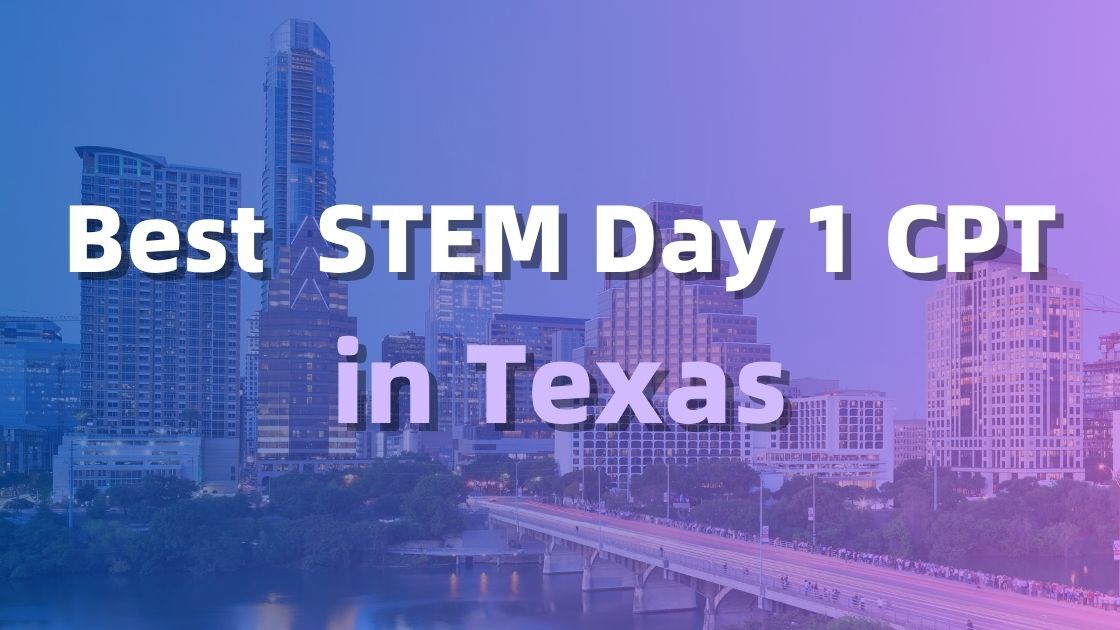Share this
USCIS Updates for H1B Holders Awaiting Green Cards
by Abby on Sep 20, 2023
On September 15th, the United States Citizenship and Immigration Services (USCIS) updated its official website, summarizing current leniency policies available to H-1B visa holders transitioning to green card status. These updates aim to mitigate the various types of immigration status crises that visa holders may face. Let's delve into the extent of these supportive measures:
1️⃣ Work Authorization for Spouses (H4-EAD)
Once an H-1B visa holder's I-140 form is approved, their spouse, holding an H4 visa, can apply for an Employment Authorization Document (EAD). The significant advantage of the H4-EAD card is that it does not require sponsorship from an employer and allows the spouse to engage in any form of employment, irrespective of their professional background.
2️⃣ Age-Out Protection for Children
USCIS has changed its approach to calculating the "immigration age" of children. Instead of considering the child's age at the time of application, it will use the "filing date" outlined in the Child Status Protection Act (CSPA). This change means that some children who might have "aged out " previously are now considered under the age of 21, thus preserving their eligibility to adjust their status based on their parents’ immigration applications.
3️⃣ Special EAD Cards for Compelling Circumstances
H-1B visa holders' work authorization in the United States is generally tied to a specific employer who sponsors them. In June, USCIS released a new policy that allows for work leniency under "Compelling Circumstances." This provides breathing room for H1B visa holders facing unexpected situations.
4️⃣ Transition to B1/B2 Visas for Extended Stay
After layoffs, H-1B visa holders have up to a 60-day grace period to remain in the U.S. This period is generally considered a period of unemployment, during which they can find new employment or change status. For those who might not secure a new employer sponsorship within 60 days, USCIS allows the transition to a B visa, extending their U.S. stay for up to another six months while they continue job searching.
5️⃣ Expedited Transition to Student Visas (F1)
Another option for H1B visa holders who lose their jobs and can't find new employment within 60 days is to switch to an F1 student visa. USCIS announced in June that expedited processing is available for transitions to F, M, or J non-immigrant statuses (except B visas), and results can be obtained within 30 days.
6️⃣ Additional Support
-
A series of measures were announced to support labor and employment agencies in their investigations for the extension of actions for H1B visa holders.
-
USCIS is working on issuing a proposed rule notice, suggesting various reforms to H-1B requirements and supervision.
-
Information was released regarding all optional visa types for STEM professionals and entrepreneurs in the United States.
These updates indicate USCIS's attempt to provide more flexibility and support to H-1B visa holders navigating the complex U.S. immigration system. These measures could ease the stress and uncertainty many immigrants face while transitioning to a more stable immigration status.
Share this
- Day 1 CPT (32)
- H1B (24)
- Day 1 CPT Universities (18)
- H1B Lottery (11)
- CPT (6)
- Green card (5)
- University Application (4)
- F1 (3)
- F1 Status (3)
- International Students (3)
- USCIS (3)
- Westcliff University (3)
- Concordia University Texas (2)
- F1 Reinstatement (2)
- H1B Layoff (2)
- H1B Status (2)
- OPT (2)
- STEM OPT (2)
- change of status (2)
- Bay Atlantic University (1)
- Curry College (1)
- English Proficiency (1)
- Goldey-Beacom College (1)
- Green Card Application (1)
- H4 EAD (1)
- H4 Visa (1)
- Humphreys University (1)
- Immigration (1)
- International Student Travel (1)
- Jobs (1)
- L1 (1)
- Layoff (1)
- McDaniel University (1)
- O1 (1)
- Saint Peter's University (1)
- Salem University (1)
- Scholarships (1)
- Sofia University (1)
- Tax (1)
- December 2025 (1)
- November 2025 (2)
- October 2025 (1)
- September 2025 (3)
- August 2025 (2)
- June 2025 (1)
- May 2025 (2)
- March 2025 (2)
- November 2024 (2)
- October 2024 (4)
- September 2024 (3)
- August 2024 (3)
- July 2024 (2)
- June 2024 (7)
- May 2024 (3)
- April 2024 (4)
- March 2024 (3)
- February 2024 (5)
- January 2024 (1)
- October 2023 (3)
- September 2023 (6)
- August 2023 (10)
- July 2023 (3)
- June 2023 (4)
- May 2023 (1)
- April 2023 (1)
- February 2023 (1)
- November 2022 (1)
- October 2022 (3)
- September 2022 (1)
- August 2022 (1)

Full Day 1 CPT Universities List
Click here to view 30+ Day 1 CPT universities in different states
Scholarships & Payment Plan
Click here to explore extensive scholarships and financial aids
Get Free Assistance Now
We can help you with admission, fee waiver, and scholarships
Featured Articles
Studying and Working in the US

What If a Second Master’s Degree Isn’t Allowed? Why a Day 1 CPT DBA Could Be Your Best Path Forward
-Nov-22-2025-12-02-59-3078-AM.jpg)
Which Day 1 CPT Programs Offer a Fixed Summer Break? You Won’t Believe How Rare the Answer Is…

Why Curry College is a Top Choice of Day 1 CPT in Boston

Concordia University Texas Launches New MCS Program - A Top STEM Day 1 CPT Option






.png?width=204&height=68&name=Verified%20(2).png)


.png?width=250&height=83&name=Logo%20-%20Rectangle%20(2).png)
.png?width=250&height=83&name=Logo%20-%20Rectangle%20(1).png)
